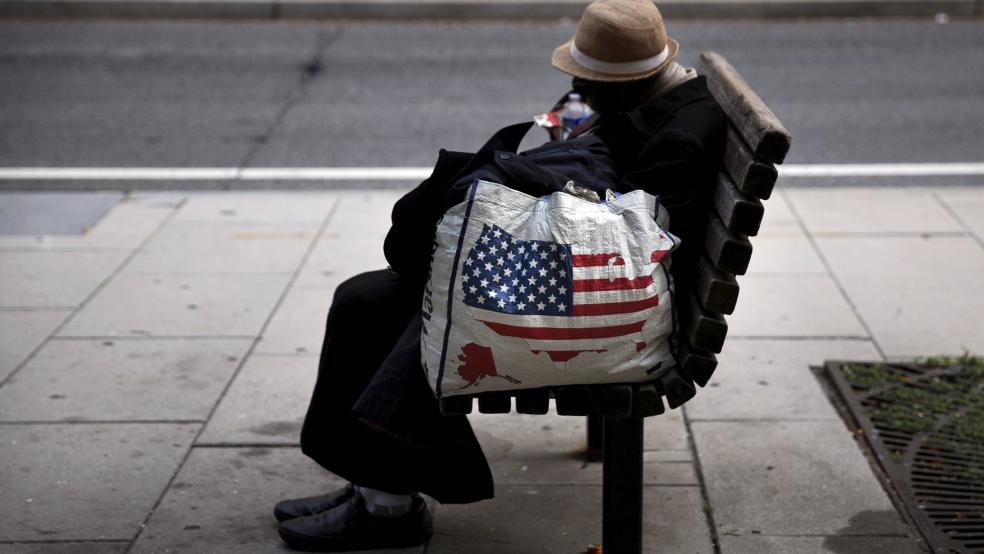How many Americans are truly at risk of financial ruin? A new poverty risk calculator offers an estimate based on four factors: race, education, marital status, and age.
The idea behind this tool is similar to the logic behind the many heart disease calculators available online, says Mark Rank, a professor of social welfare at Washington University in St. Louis and co-author with Thomas Hirschl, a sociology professor at Cornell University of Chasing the American Dream: Understanding What Shapes Our Fortunes.
Based on hundreds of thousands of case records taken from the Panel Study of Income Dynamics, an ongoing longitudinal study of Americans begun in 1968, the calculator estimates the percentage of Americans who will experience poverty in the next 5, 10 or 15 years. The poverty line for a family of four in 2015 was approximately $24,000.
Related: 8 Million Adults Could Be Driven into Poverty — Because They Have Jobs
What Americans will quickly discover as they use this new tool, Rank says, is that for many, the future risk of poverty is far from trivial.
“Take the case of someone who might be thought of as having an overall low risk of poverty,” he says. “The 15-year risk of poverty for an American who is in their later 30s, white, not married, and with an education beyond the high school level, is 32 percent.”
Nevertheless, the calculator also demonstrates just how vast the inequalities in the US actually are. “People can see exactly how much inequality there is in America by comparing their profile with others.”
“Race, education, marital status, and age make a huge difference in terms of who is more or less likely to experience poverty in the years ahead,” Rank says. “For example, the five-year risk of poverty for an American between the ages of 45-49, who is white, married, and with an education beyond high school, is 5 percent.”
Related: How to Dramatically Lower the Poverty Rate Overnight
In contrast, Rank says, the risk of poverty for an individual between the ages of 25-29, who is nonwhite, not married, and with an education of high school or less, is “a whopping 72 percent.”
“In many ways, these divides have only been growing wider over time,” Rank adds.
As a result, not only can this calculator determine personal poverty risk, it also allows users to see just how profound the demographic fault lines are likely to be in the future.
“The calculator is a new way for Americans to look into the future and estimate their overall economic risk,” Rank says. “It simply has not been done before. In addition, people can see exactly how much inequality there is in America by comparing their profile with others.”
This article originally appeared in Futurity.




